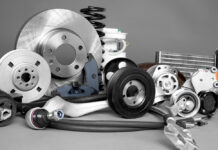
The transmission system of a vehicle plays a vital role in transferring power from the engine to the wheels. It is a complex mechanism that requires proper maintenance and care to ensure smooth and efficient operation.
This article will delve into the world of transmission systems, uncovering common issues that may arise and demystifying the repairs associated with them.
Understanding the basics: Types of transmission systems
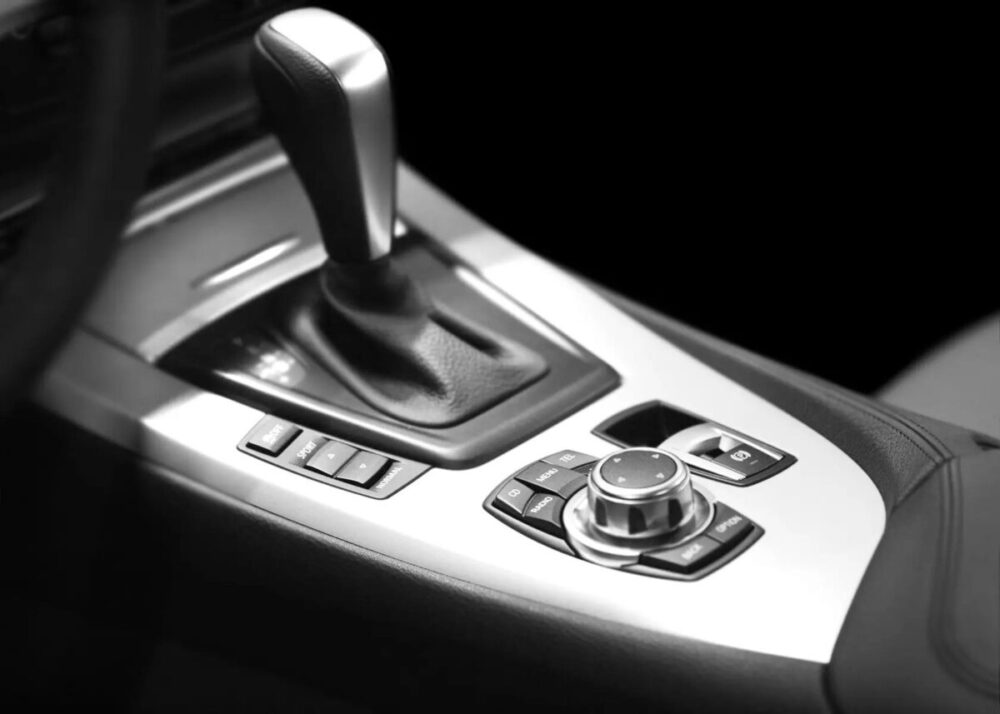
There are two primary types of transmission systems: manual and automatic. Manual transmissions require the driver to shift gears using a clutch pedal, while automatic transmissions shift gears automatically without driver intervention.
Manual transmissions are known for their direct control and better fuel efficiency. However, they require more driver skills and involvement. On the other hand, automatic transmissions offer convenience and ease of use, making them popular in modern vehicles.
Understanding the type of transmission system in your vehicle is essential, as it can affect how you drive and the potential issues you may encounter. Each system has its unique components and requires specific maintenance and repairs.
Common transmission issues: Symptoms and causes
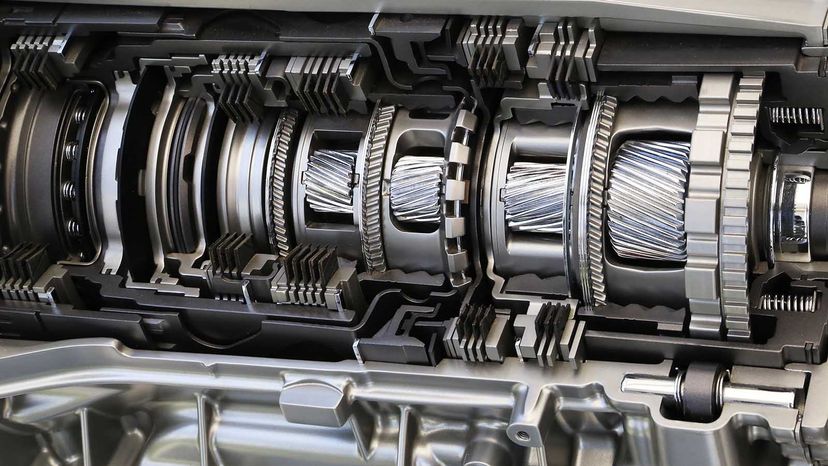
Transmission issues can manifest in various ways, and recognizing the symptoms is crucial for timely repairs. Here are some common problems you may encounter with your transmission system:
- Slipping Transmission: A slipping transmission is characterized by a sudden loss of power or a delay in gear engagement. This can occur due to worn-out clutch plates, low transmission fluid levels, or a faulty solenoid.
- Transmission Fluid Leaks: Leaking transmission fluid is a clear sign of a problem. It can indicate worn-out seals, a faulty gasket, or a cracked transmission case. Ignoring fluid leaks can lead to transmission damage and failure.
- Gear Shifting Issues: Difficulties in shifting gears, such as grinding noises, resistance, or gears popping out, can indicate problems with the synchronizers, clutch linkage, or shift cables.
- Transmission Overheating: Overheating can cause significant damage to the transmission. It may occur due to low fluid levels, a malfunctioning cooling system, or towing heavy loads without the appropriate transmission cooler.
Identifying the underlying cause of these issues requires a thorough inspection by a qualified mechanic. Prompt diagnosis and repairs can prevent further damage and save you from costly transmission replacements.
Transmission fluid maintenance: Importance and service intervals
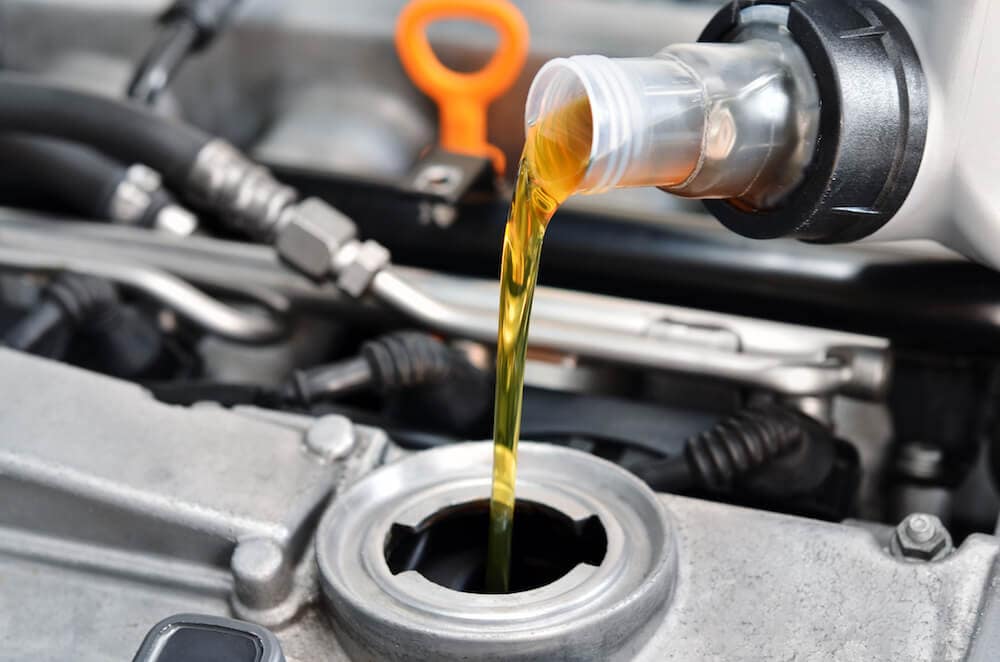
Proper maintenance of transmission fluid is essential for the longevity and performance of the transmission system. Transmission fluid acts as a lubricant, coolant, and hydraulic fluid, ensuring smooth gear shifting and reducing friction and heat buildup.
Regular transmission fluid changes are necessary to remove contaminants, such as metal particles and sludge, that can accumulate over time. However, the service intervals may vary depending on the vehicle manufacturer and driving conditions.
It’s essential to consult your vehicle’s owner’s manual for the recommended transmission fluid change intervals. It is advisable to change the fluid every 30,000 to 60,000 miles or as specified by the manufacturer.
The old fluid is drained during a fluid transmission service, and the transmission filter is replaced. Fresh fluid is then added according to the manufacturer’s specifications. Performing this maintenance task can extend the life of the transmission and prevent potential issues.
Transmission repairs: When to seek professional help
While some transmission issues can be addressed with basic maintenance tasks, certain repairs require the expertise of a professional mechanic that has equipment such as a bi-directional scan tool. Transmission repairs can be complex and involve intricate components, such as clutches, torque converters, or valve bodies.
If you encounter severe transmission problems, such as complete loss of power, persistent slipping, or unusual noises, it is crucial to seek professional help. A trained technician will have the necessary tools and knowledge to accurately diagnose and repair the transmission.
Attempting DIY repairs on the transmission system without proper expertise can worsen the problem and potentially lead to irreversible damage. It is best to leave complex transmission repairs to professionals specializing in this field.
Transmission fluid flush: A key maintenance procedure
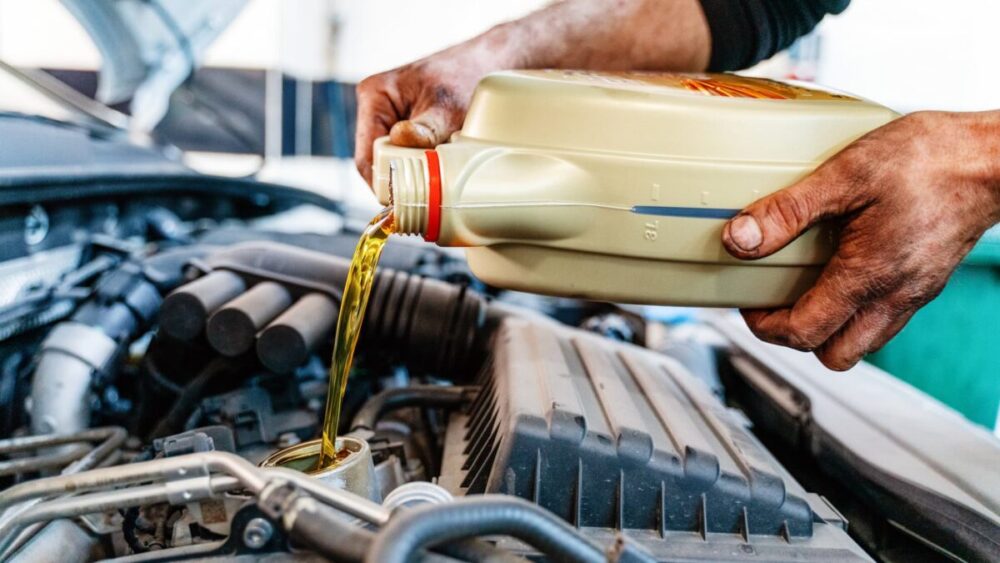
A transmission fluid flush is a necessary maintenance procedure that helps keep your transmission system in optimal condition. Over time, transmission fluid can become contaminated with debris, sludge, and wear particles, affecting its lubricating and cooling properties. A fluid flush involves completely draining the old fluid from the transmission, including the torque converter, and replacing it with fresh fluid.
Regular transmission fluid flushes help remove harmful contaminants and maintain the fluid’s viscosity and performance. Performing a flush every 50,000 to 100,000 miles is typically recommended, depending on the vehicle manufacturer’s guidelines and driving conditions.
A professional mechanic will use specialized equipment to flush out the old fluid during a fluid flush, ensuring that all the contaminants are removed. Fresh fluid is added, providing optimal lubrication and cooling for the transmission components.
All in all
The transmission system is a critical component of your vehicle, and understanding its common issues and repairs is essential for optimal performance and longevity. You can keep your transmission in good condition by familiarizing yourself with the basics, recognizing common symptoms, and prioritizing regular maintenance.
Remember, when faced with significant transmission problems, it’s always wise to consult a professional to ensure accurate diagnosis and reliable repairs.

